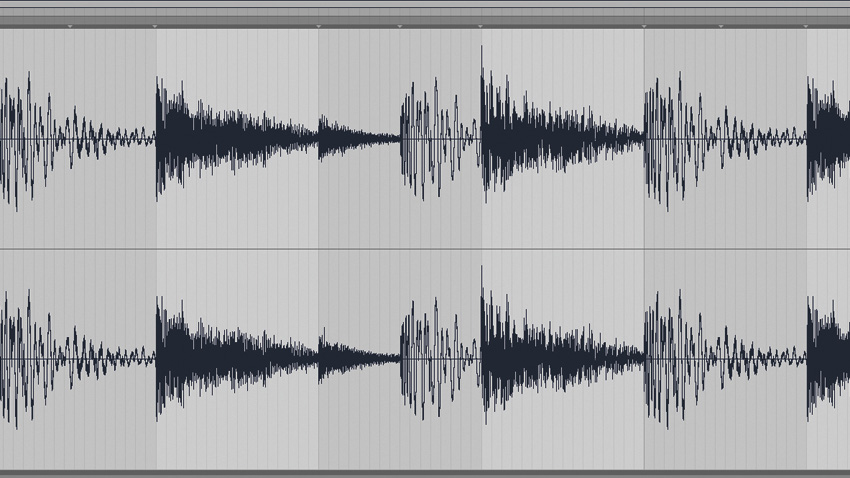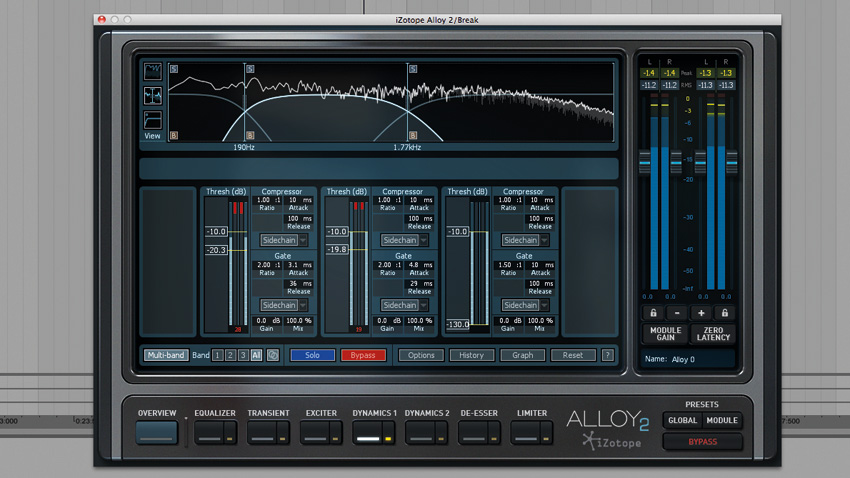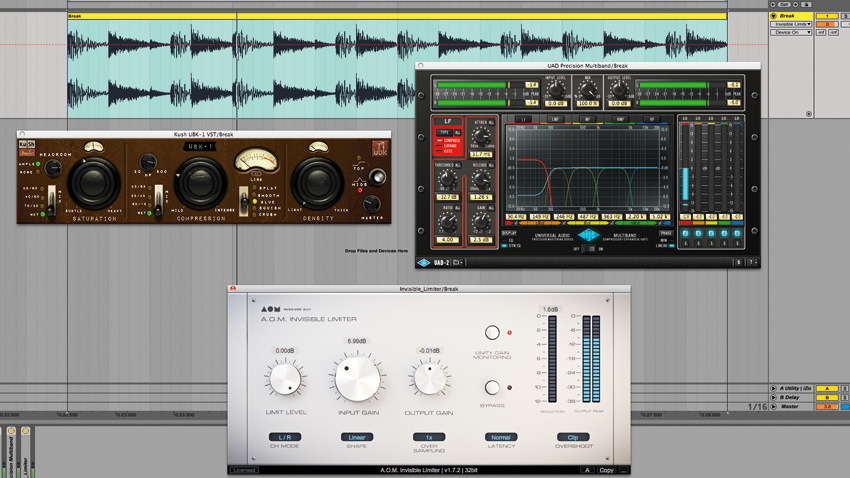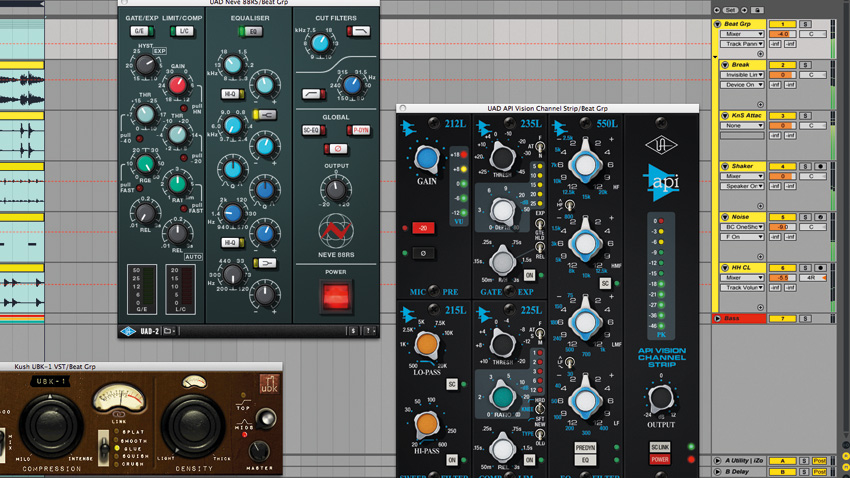How to clean up and enhance a sampled breakbeat
Sampled breaks are a central part of the drum 'n' bass sound, but they'll often need tidying up…
While modern technology allows us to craft bespoke beats within a computer, or record our own drums for next to nothing, breakbeat samples from the 60s and 70s encapsulate the environment and equipment from a golden era of music. Classic drum loops ripped from tracks such as Lynn Collins' Think, Incredible Bongo Band's Apache and Skull Snaps' It's A New Day are all highly recognisable within DnB circles - but in their original form, these vibe-laden breaks are often muddy and dull.
Modern music is clearer, louder and more in-your-face than ever, so you'll have some cleaning up to do if you want a signature break to compete alongside current DnB productions. Before slicing and arranging a breakbeat, remove harsh resonances and muddy low or low-mid frequencies with EQ (or dynamic EQ). Multiband processes such as compression, gating, distortion and limiting also prove invaluable when dealing with dense breakbeats.
For more on producing breaks for DnB, get hold of Future Music 292, which is on sale now.

Step 1: This 170bpm breakbeat is a royalty-free recreation of a typical sampled break and, like many classic breakbeat samples, it contains muddy bass and mid-range frequencies that will clog up precious space in the mix. We want to clean up this dense drum loop while leaving its character intact.

Step 2: Multiband processors enable you to treat problem frequency ranges in isolation: we're gating the signal's low and mid frequencies, allowing the kick and snare to poke through in those areas while removing the low-mid reverb and mud between. Upper frequencies are left untouched.

Step 3: Slight saturation adds tightness, but the break's kick is still rather boomy. To control this flabby low-end, a touch of multiband compression clamps down on the low tail of the break. Around 1-2dB of limiting then flattens out the signal's dynamics.

Step 4: For added punch and character, we've layered several extra drum layers on separate audio channels: a kick and snare loop mirrors the hits in the main break, a shaker adds pace to the groove, then extra hi-hat and noise sounds fill out the treble region.
Want all the hottest music and gear news, reviews, deals, features and more, direct to your inbox? Sign up here.

Step 5: The break and extra percussion layers are grouped to a single buss and we apply processing to meld everything together. Harsh treble is shelved down with an EQ, then preamp distortion (mixed in parallel) and Fatso-style compression mimic the overdriven crunch of 90s hardware.

Step 6: A transient shaper adds a final touch of snap, but the second snare of every bar lacks punch compared to the first. To remedy this, we've rendered the break to an audio file and duplicated the first snare over every second, giving a more consistent result.
Future Music is the number one magazine for today's producers. Packed with technique and technology we'll help you make great new music. All-access artist interviews, in-depth gear reviews, essential production tutorials and much more. Every marvellous monthly edition features reliable reviews of the latest and greatest hardware and software technology and techniques, unparalleled advice, in-depth interviews, sensational free samples and so much more to improve the experience and outcome of your music-making.
